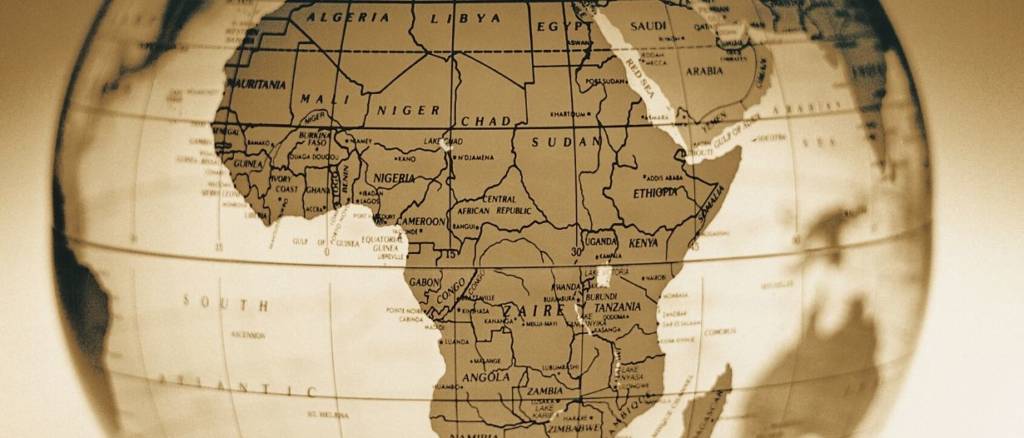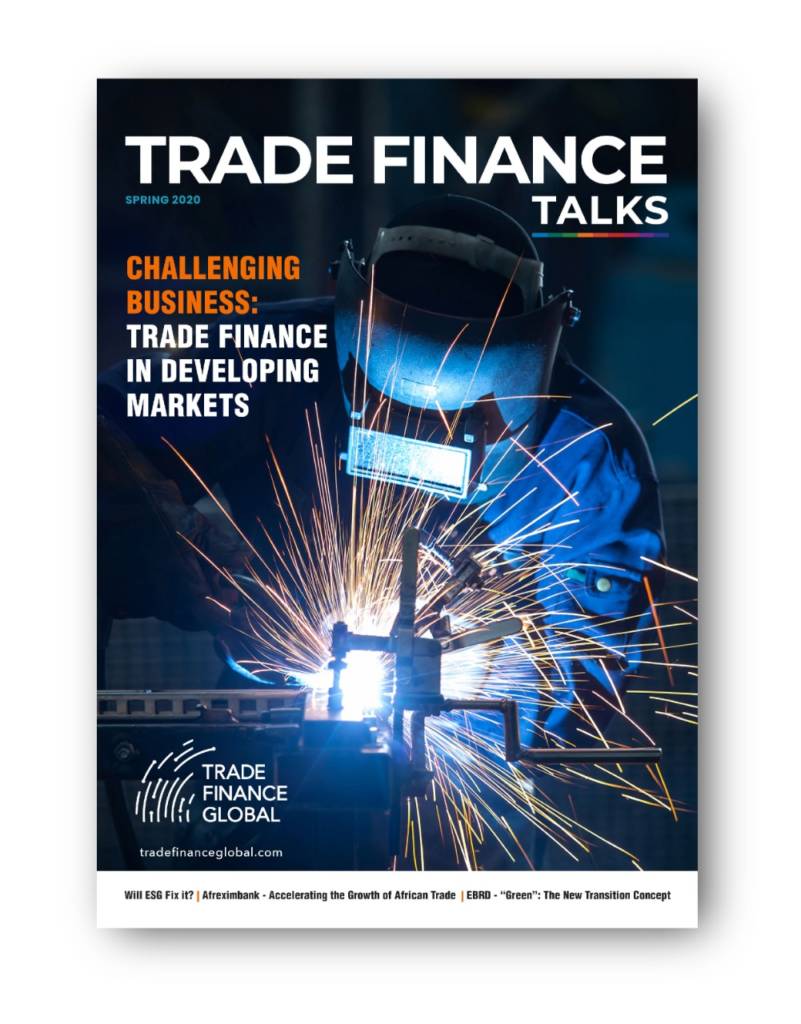Africa’s global share of trade has declined from 5.5% in 1960 to 2.6% in 2018. For Africa, the trade finance gap has been estimated at USD 110-120 billion. TFG spoke to Afreximbank on the challenges and opportunities that lie ahead.
Africa has a long history of trade. As early as the seventh century, trans-Saharan trade routes enabled the supply of gold from sub-Saharan Africa to the Mediterranean economies of North Africa in exchange for salt. By the 14th century the fabled emperor Mansa Musa, of the Malian empire, was one of the wealthiest men in the world, controlling the flow of gold between Africa and the Mediterranean.
In the contemporary world, however, Africa’s share of world trade, which declined from 5.5% in 1960 to 2.6 % in 2018, has been marginal. Also, while intra-African trade has increased from 5 % of Africa’s total trade in 1980 to 16 % in 2018, it continues to remain low relative to intra-regional trade in other regions including Europe and Asia.
Trade is widely recognized as critical to economic growth and prosperity and Africa’s low share of world trade has been the subject of various studies over the years. These have generally focused on the composition of the physical economy to identify constraining factors and recommend appropriate growth strategies. These factors include the continued reliance of African economies on primary commodities in a global trading system dominated by manufactured goods, and tariff and non-tariff barriers within the continent. More recent studies have started paying attention to the role of trade finance in the growth of trade, and it is increasingly acknowledged that trade finance or supply chain finance (SCF) are critical to trade flows. The World Trade Organization and others suggest that as much as 80 % of annual global merchandise trade is enabled through some form of trade financing, including both traditional trade finance and SCF, and encompassing both financing and a range of risk mitigation solutions. “A sizeable trade finance gap is a drag on trade, growth, and job creation,” says Steven Beck, Head of Trade Finance at ADB.

For Africa, the trade finance gap has been estimated at USD 110-120 billion by the African Development Bank. The adverse impact of this is most acutely felt by the small and medium enterprises (SMEs), which face a higher rejection rate of trade finance applications relative to large corporates. The high rejection rates are not solely attributable to poor credit quality, with compliance constraints and the inability of clients to provide high quality KYC being cited by banks as a major factor. SMEs account for 70% of the number of firms on the continent and employ 80 % of its workforce. Bridging the trade finance gap, especially for the SME segment, is thus a key challenge for financial institutions in the African market.
Globally, trade growth has been facilitated by open account trading which reduces reliance on traditional trade finance instruments such as letters of credit, guarantees, SBLCs, and collections, and shortens the transaction cycle.
Open account trading is typically supported by SCF products including Factoring, Receivables Finance and Payables Finance, and BCG estimates that open account trade now accounts for 45 % of trade finance revenues globally. Banks in Africa responding to ICC’s Global Survey in Trade Finance 2018, however, reported that traditional trade finance still comprises 88% of their trade finance portfolios with 72 % of respondents citing letters of credit as their preferred instrument. Africa accounts for only 1 % of global factoring transactions, and the limited availability of payables finance programs across the continent has resulted in low penetration levels.
While supply chain finance volumes in Africa are currently modest, there have been encouraging developments which augur well for the future. Between 2015 and 2018, factoring volumes have grown from EUR 18 billion to EUR 22 billion, a growth of 18 %. Significantly, while factoring activity has thus far been concentrated in only 5 of Africa’s 55 countries, a number of factoring companies are now emerging across the continent and volumes are projected to exceed USD 50 billion by 2025. Similarly, a number of banks are actively pursuing commencement or scaling up of payables finance offerings across various geographies. This product is expected to grow rapidly as banks’ marketing efforts lead to increased awareness and adoption.

As a trade finance focused development institution, Afreximbank is pursuing various initiatives to address the trade finance gap in Africa. The bank has led the way in introducing factoring and forfaiting and has done pioneering work in awareness and capacity building for these products across Africa in partnership with other institutions. Afreximbank has also developed and proposed a model factoring law for adoption by individual countries.
As the next step on the journey to increase availability of supply chain finance, the bank plans to introduce payables finance in various geographies in partnership with local and regional banks, accompanied by awareness and capacity building programs. Payables Finance opens up an additional source of bank finance for suppliers, who are often SMEs, and provides comfort to banks as credit risk is transferred to better rated corporate buyers. It is expected that these features will lead to increased adoption of payables finance on the continent in line with the rapid growth witnessed in other regions.
In order to facilitate the KYC process and reduce transaction rejection rates, Afreximbank has developed MANSA, an Africa focused KYC repository. The relevance of this initiative is borne out by the BNY Mellon Global Survey 2019 which identified centralised KYC databases as the most effective technology solution for addressing compliance issues.
Afreximbank’s trade promotion initiatives also include the Pan African Payments and Settlement System (PAPSS) which is being developed to facilitate net settlements between African countries for intra-African trade, and which will complement implementation of the African Continental Free Trade Area (AfCFTA) in 2020. In addition, the second biennial Intra African Trade Fair is being organised by the bank in 2020 to bring together sellers and buyers from across the continent with a target of facilitating trade and investment deals aggregating USD 40 billion.
The African continent, which is home to 1.2 billion people across 55 countries, and whose landmass exceeds the combined landmass of China, India, Europe and the U.S.A., is poised to see internal trade barriers coming down as AfCFTA is implemented. The simultaneous growth of trade and supply chain finance and bridging of the trade finance gap will further boost both intra and extra African trade, and Africa’s trade routes are set to get busier. Mansa Musa would have been pleased.
Now launched! Spring Edition 2020
Trade Finance Global’s latest edition of Trade Finance Talks is now out, taking a deep dive into trade finance in emerging and developing markets.
 Australia
Australia Hong Kong
Hong Kong Japan
Japan Singapore
Singapore United Arab Emirates
United Arab Emirates United States
United States France
France Germany
Germany Ireland
Ireland Netherlands
Netherlands United Kingdom
United Kingdom











Comments are closed.